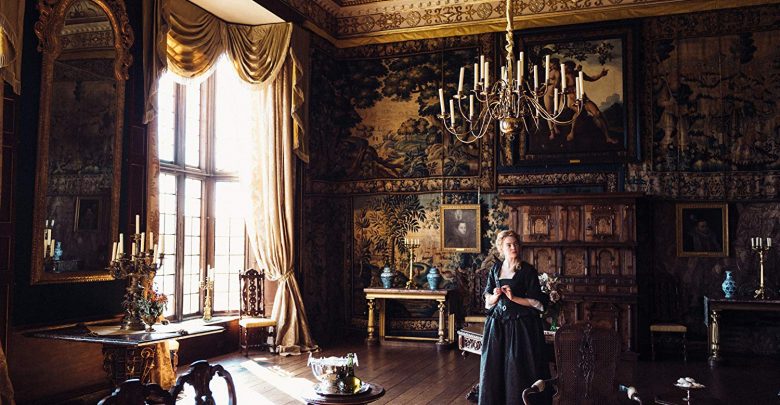Film Review: Yorgos Lanthimos’s “The Favourite”
The idiosyncratic filmmaker’s latest picture is an excitingly fresh period drama
 IMDB
IMDBWhile many directors make films in a variety of genres, few have arguably done so as effectively as Yorgos Lanthimos, whose most recent film The Favourite (2018) is currently showing in a small number of cinemas around Edmonton.
No matter the subject matter, each of his pictures has featured his characteristic brand of absurdist detachment. The characters remain cold and emotionally distant even when their circumstances take an extreme turn for the worse (which often happens). From Dogtooth (2009), with its nightmarish family dynamics, to Killing of A Sacred Deer (2017), with its central mystery unfurling like a Greek tragedy, these films have portrayed intense situations in a disconnected manner that makes them appear comical. Although not everyone will have an easy time laughing at this odd style, its disturbing nature has a mesmerizing effect that invites admiration as much as it does revulsion.
With The Favourite, Lanthimos has crafted an aesthetically superb period drama that’s also anarchic and emotionally twisted. Set in the early 18th century, when Britain and France were at war, the film centres on the court of Queen Anne (Olivia Colman), a monarch who is crippled by both gout and grief. It is effectively Sarah Churchill (Rachel Weisz), the Queen’s advisor and lover, who rules Britain by her influence on the Queen’s decisions. However, Sarah’s position, and consequently the fate of the entire nation, will be threatened by the arrival of her cousin Abigail Hill (Emma Stone) to Court in search of employment. As the disgraced daughter of a nobleman who lost his wealth and title to gambling, Abigail will use her newly found position in Court to ascend the echelons of power by ingratiating herself with Queen Anne. What results is not only an intense love triangle between Sarah, Abigail, and Anne, but also a violent struggle for control of the British Empire by any means necessary.
While the acting is less deadpan than in Lanthimos’s other films, the comical disconnect between the characters’ virulent words and their meticulously staged appearances still remains. The central performances of Colman, Weisz, and Stone are exceptional as the three women’s characters engage in a physical and verbal struggle for power that manifests itself in almost every facet of their lives, from their hallway conversations to their bedroom relationships. Nicholas Hoult also deserves praise for his role as a scheming politician, which he plays with charming sleaziness.
The film’s setting is confined to an opulent palace which is rendered only more majestic by a fluidly precise camera and the almost exclusive use of natural lighting. One of the most noticeable technical aspects of The Favourite is the extensive use of wide-angle lenses in its cinematography. These lenses allow for a wider field of vision with the images they capture, but they also distort them. This has the combined effects of showing off more of The Favourite’s gorgeous scenery and heightening the film’s overall sense of madness. While many viewers may find the use of these unusual lenses distracting, I personally find the images they create to be beautiful.
The Favourite is by no means a history lesson, even though it’s inspired by real events. However, the film triumphs as a depiction of human interactions. The central conflict is both a love triangle and a power struggle for which the characters’ motivations are satisfyingly complex, creating rich ground for moral observation.
Lanthimos’s creative scope seems to have become more and more daring with each new film. While this is certainly due to a progressive increase in budgets, one cannot discount how the filmmaker has gained self-assurance as an artist. In the case of The Favourite, Lanthimos’s unique vision has realized a sumptuous period piece: one that is as rich emotionally as it is aesthetically.




